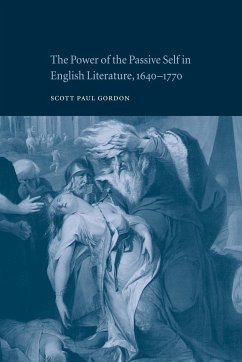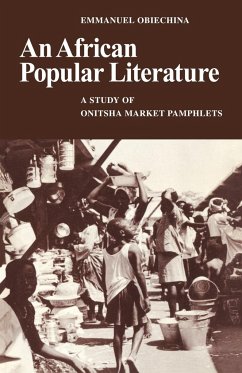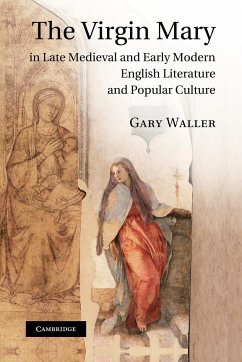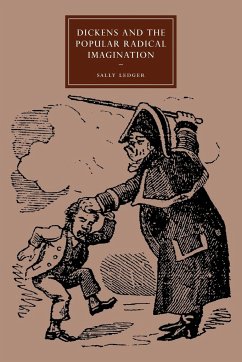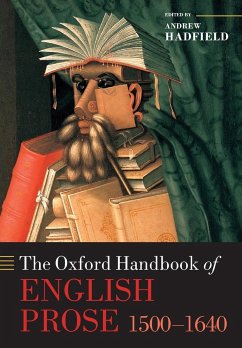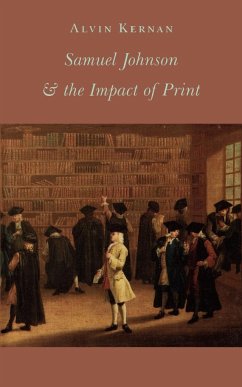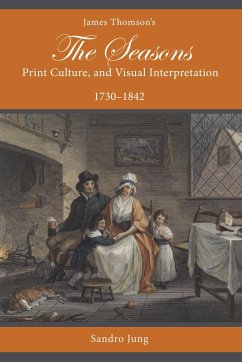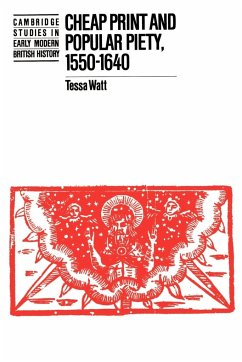
Cheap Print and Popular Piety, 1550-1640
Versandkostenfrei!
Versandfertig in 1-2 Wochen
40,99 €
inkl. MwSt.

PAYBACK Punkte
20 °P sammeln!
This book looks at popular belief through a detailed study of the cheapest printed wares in London in the century after the Reformation. It investigates the interweaving of the printed word with the existing oral and visual culture, as well as the general growth of literacy. Both Protestantism and print have been credited by recent historians with enormous, even 'revolutionary' impact upon popular culture. The protestant hostility towards traditional recreations is said to have 'inserted a cultural wedge' in village society, while its logo-centricism took the English people across a watershed ...
This book looks at popular belief through a detailed study of the cheapest printed wares in London in the century after the Reformation. It investigates the interweaving of the printed word with the existing oral and visual culture, as well as the general growth of literacy. Both Protestantism and print have been credited by recent historians with enormous, even 'revolutionary' impact upon popular culture. The protestant hostility towards traditional recreations is said to have 'inserted a cultural wedge' in village society, while its logo-centricism took the English people across a watershed 'from a culture of orality and image to one of print culture'. This study challenges these confrontational models, showing instead how traditional piety could be gradually modified to create a religious culture which was distinctively post-Reformation, if not thoroughly 'Protestant'.
Table of contents:
Introduction; Part I. The Broadside Ballad: 1. Small and popular music; 2. A Godly ballad to a Godly tune; 3. The 1642 Stock; Part II. The Broadside Picture: 4. Idols in the frontispiece; 5. Stories for walls; 6. Godly tables for good householders; Part III. The Chapbook: 7. The development of the chapbook trade; 8. Penny books and marketplace theology; Conclusion.
This book looks at popular belief through a detailed study of the cheapest printed wares in London in the century after the Reformation.
This book looks at popular belief through a detailed study of the cheapest printed wares in London in the century after the Reformation.
Table of contents:
Introduction; Part I. The Broadside Ballad: 1. Small and popular music; 2. A Godly ballad to a Godly tune; 3. The 1642 Stock; Part II. The Broadside Picture: 4. Idols in the frontispiece; 5. Stories for walls; 6. Godly tables for good householders; Part III. The Chapbook: 7. The development of the chapbook trade; 8. Penny books and marketplace theology; Conclusion.
This book looks at popular belief through a detailed study of the cheapest printed wares in London in the century after the Reformation.
This book looks at popular belief through a detailed study of the cheapest printed wares in London in the century after the Reformation.





